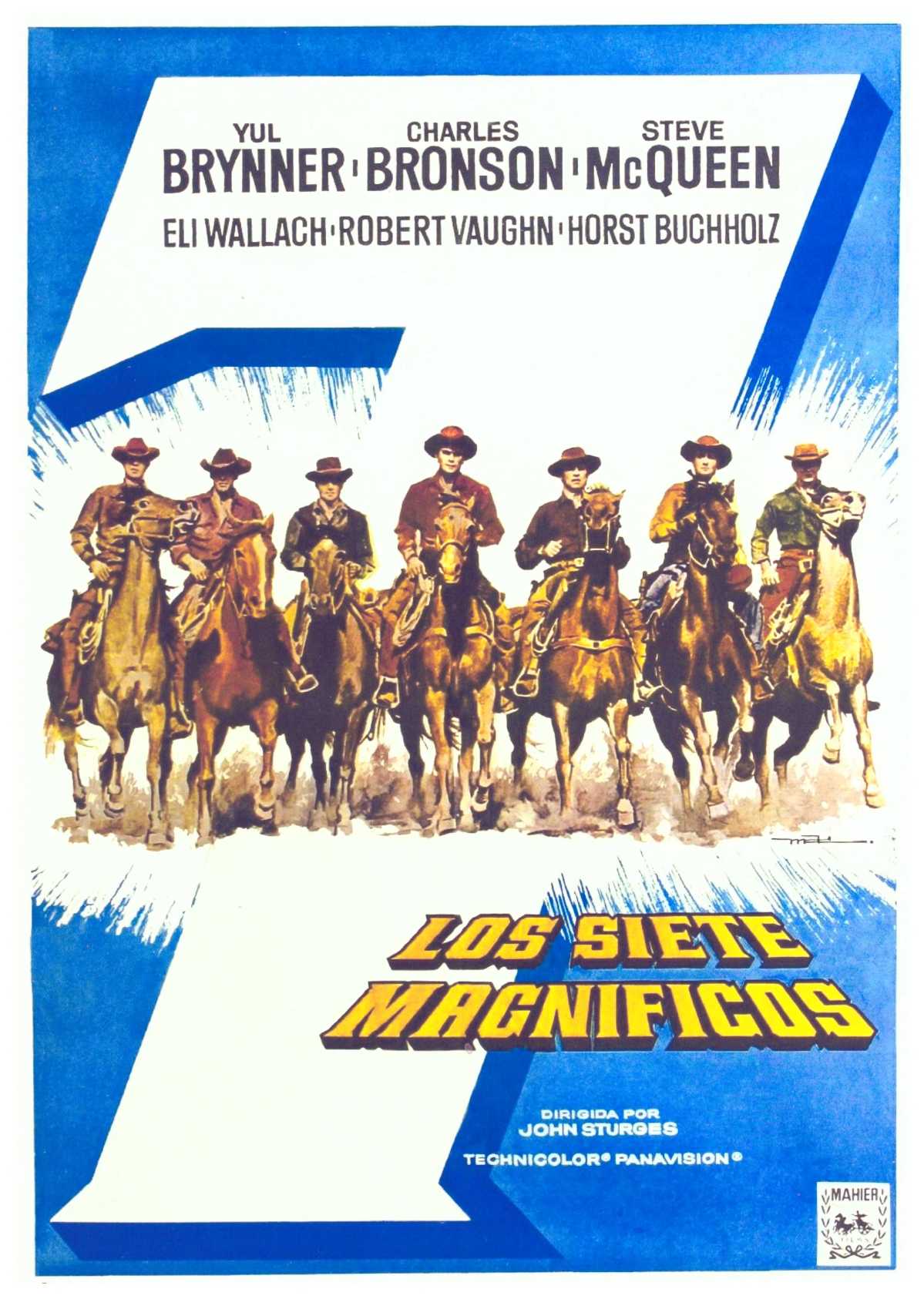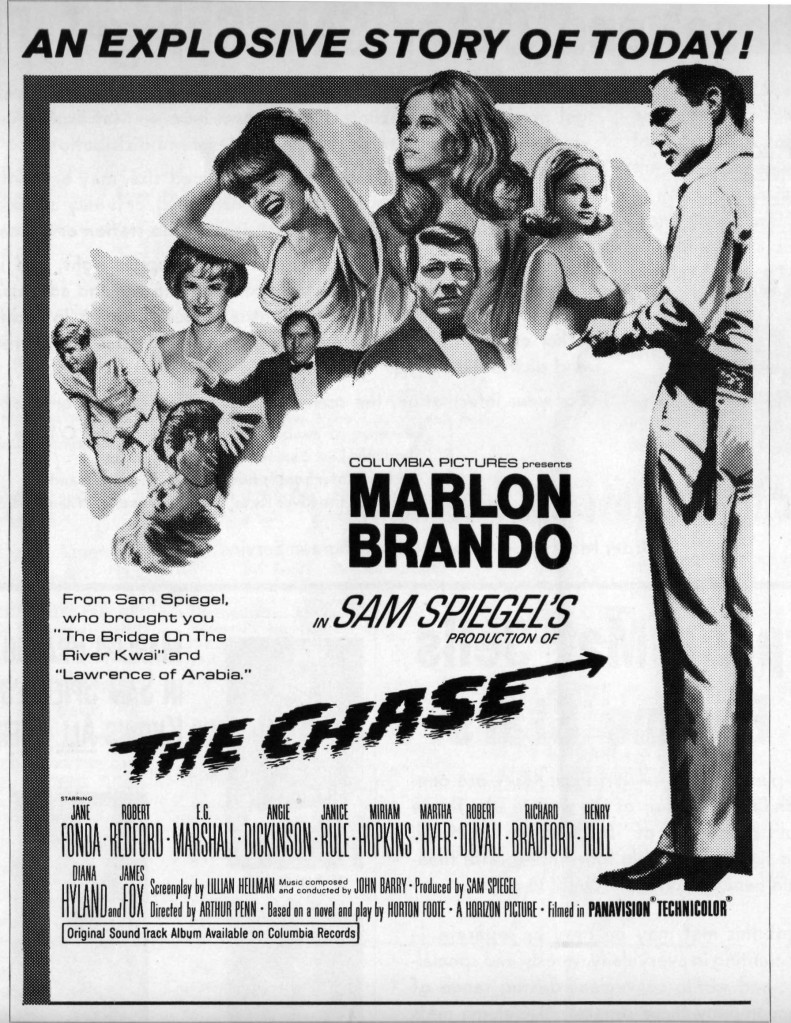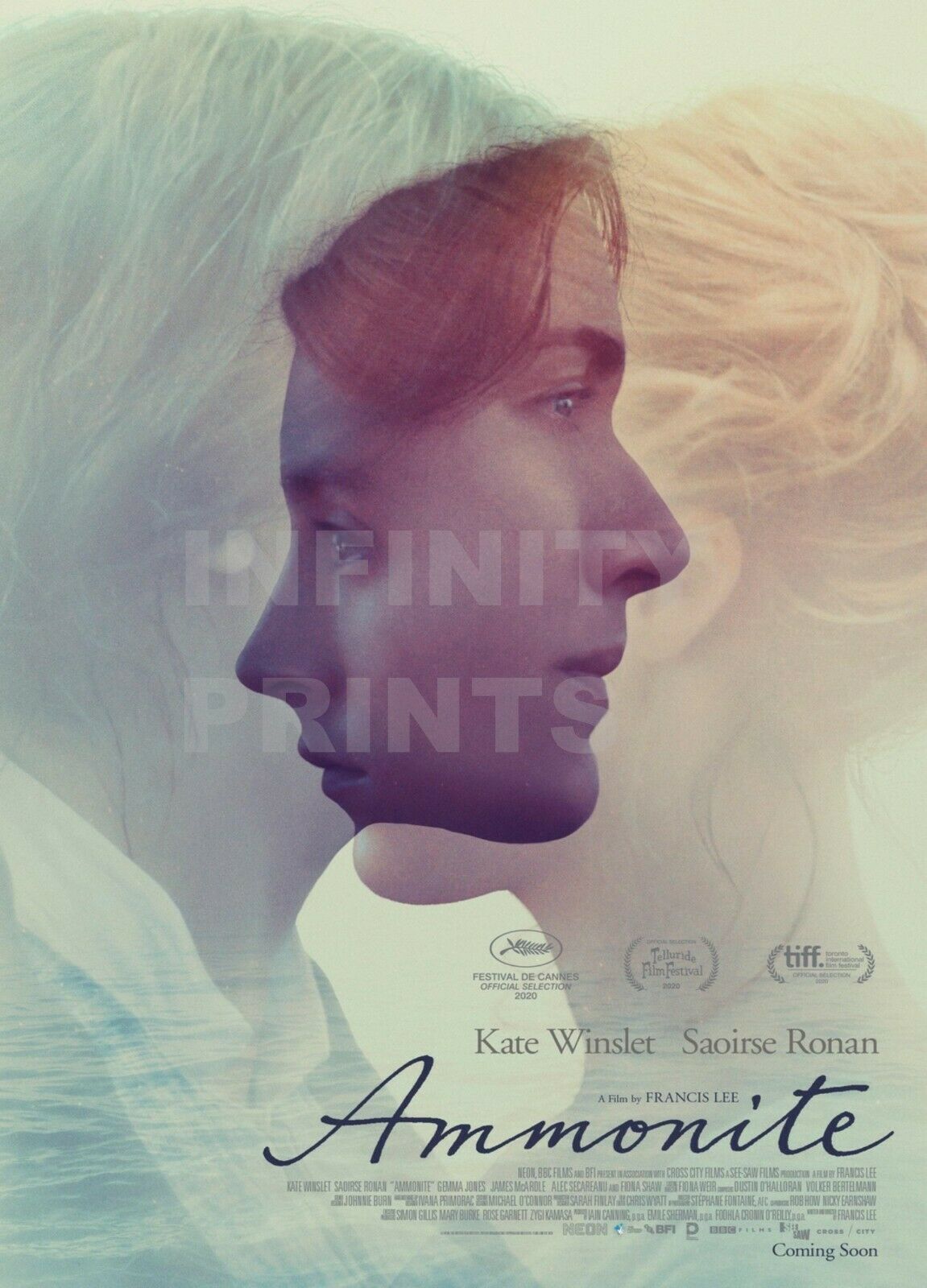Not to take anything away from this fascinating documentary about the battle for gender parity in the surfing world, but it occurred to me how few movies exist that features female athletes, compared to the plethora focusing on males. The occasional Million Dollar Baby (2004) and I, Tonya (2017) are in stark contrast to the plethora of Rocky (and now Creed)movies, or all the American football and baseball pictures while Kevin Costner alone has managed a dozen varied sports movies and even the recent King Richard (2021), ostensibly about the Williams sisters, actually centered on the father.
And the reason I ask is that the lives of any of the champion surfers showcased here would have made a worthy biopic, their stories mostly about overcoming adversity, battling male prejudice and finally, though only in the last few years, winning equal pay with men. Just as King Richard was as much about brand management, so is Girls Can’t Surf, although it was only by accident that big business understood the commercial impact women surfers had on sales of board clothing.

And the other reason I ask is that compared even to the long ago likes of Big Wednesday (1978) and Endless Summer (1965) the actual surfing footage here is meagre and it got me to thinking how much better it would have been with a proper budget for filming the surfing action.
Anyway, back to the movie I actually saw rather than the one I can only imagine, this covers the growth of female surfing from being regarded as a mere appendage to the male version to the billion-dollar industry it has become, tracing the largely sexist obstacles thrown in the way of women. The biggest issue initially wasn’t prize money, but that the men hogged the best waves and the best beaches, women often allocated times where the waves would be dismal, and therefore could not show off their skills.
This isn’t a sport like tennis or soccer where muscle power gives men the edge. Here, everyone is battling the same ocean. It’s not as if women get to surf with smaller, easier waves – that’s the last thing they want. The ocean doesn’t take it any easier on the women. But the women, barely tolerated, found themselves not just squeezed out of a decent share of the prize money but, being ignored in terms of publicity and deemed unworthy of articles in the surfing magazines, lost out in the battle to raise the sponsorship required just to make a living.

Whenever recession hit the sport, the answer was always to reduce female prize money, cancel female events or attempt to drive them out of the sport altogether. There’s an entire roll-call of generation after generation of top surfers not just battling each other to become world champion (there’s a program of global events as in Formula One racing) but battling personal circumstances – Pauline Menczer was crippled by arthritis, Pam Burridge suffered from anorexia – and each other as well as endemic sexism and inappropriate male advances.
The men were the glamour pusses, and they preferred it if the women stayed in their cars and read Mills & Boon novels and watched them surf, or if they wanted to parade about it should be in bikinis for the beauty contests that appeared a constituent part of any event.
The story is told in large part by the participants, names that were unfamiliar to me, like Jodie Cooper, Frieda Zamba, Lisa Anderson, Wendy Botha, Layne Beachley and Stephanie Gilmore. But the terms they use are the same as competitive athletes the world over, the determination to win, sometimes win at all costs, and even with a world championship trophy to your name unable to attract sponsorship.
The film could easily be interpreted as all about the battle for parity. At the start female prize money was barely a tenth of the million-dollar prize fund allocated the men. But even when manufacturers recognised that females were selling product, female earnings were usually half that of men. Eventually, the women took action, effectively going on strike when offered the poorer time slots in competitions, and at some point, it’s not exactly clear when, forcing the organisers to create a more even playing field, taking competitions to places where there was no shortage of giant waves for both sexes. The men, encountering exactly the same waves as their female counterparts, were forced to admit that in some instances the women were actually better. A social media outcry spelled the end of unequal pay, although noticeably there was no back payment for the years of inequality.
So, a terrific film directed by Christopher Nelius (Storm Surfers: New Zealand, 2010) – and co-written with Julie-Anne Du Ruvo – with no shortage of potential candidates for an awesome biopic, the supposed glamor of the surfing world exposed as tawdry for the most part, a bunch of larger-than-life personalities, a dose of humor, and women riding waves you would be scared to cross in a boat never mind with just a board for company.
In some programming quirk I caught this at the cinema but apparently it’s available on DVD and it must be streaming somewhere. The small screen will no doubt diminish the action but won’t take away form the basic story.











